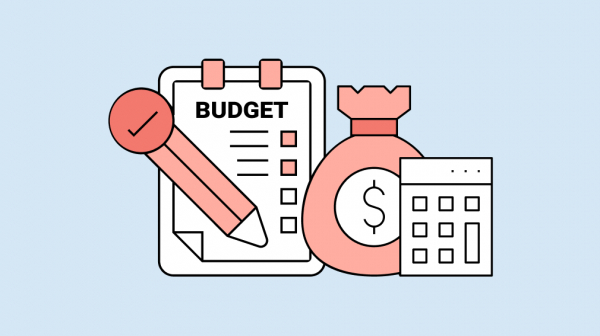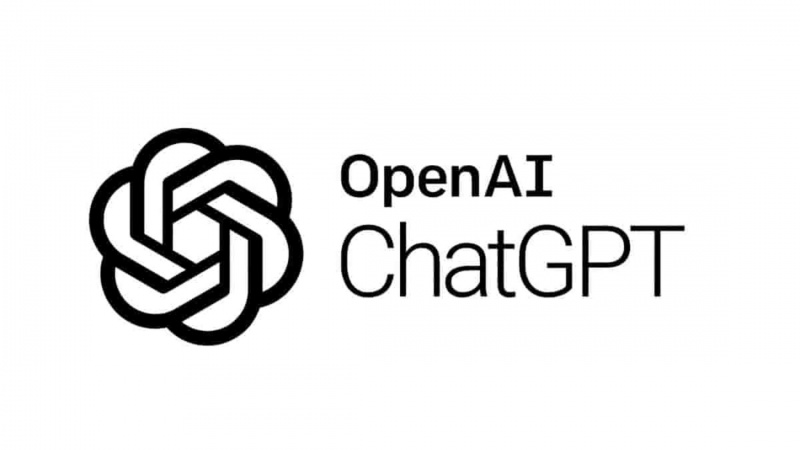From Job Creation, Capex Push to Tax Reforms: What Union Budget 2024 Delivered
Capital Expenditure Push Continuing its focus on infrastructure-led growth, the government committed to a record capital expenditure (capex) of Rs 10 lakh cror
- by Gaurav Grover 2025-01-09 06:49:20
The Union Budget 2024, presented against a backdrop of global economic uncertainties and domestic aspirations, aimed to strike a fine balance between growth and fiscal prudence. It introduced several landmark initiatives designed to boost employment, enhance infrastructure spending, and bring much-needed reforms to the tax landscape. Here’s an analysis of the key takeaways from the budget:
Job Creation: A Core Priority
With unemployment remaining a pressing concern, the government announced targeted measures to create jobs across various sectors. Initiatives included:
-
Skill Development Programs: The introduction of new skill enhancement schemes aimed at equipping the youth with industry-relevant competencies. Special emphasis was placed on emerging fields like artificial intelligence, green energy, and robotics.
-
Incentives for MSMEs: The Micro, Small, and Medium Enterprises (MSME) sector, a significant contributor to employment, received a boost through easier credit access and tax concessions. A Rs 15,000 crore credit guarantee scheme was also announced to support struggling MSMEs.
-
Focus on Startups: Tax holidays for startups were extended, and additional funding mechanisms were introduced to promote entrepreneurship.

Capital Expenditure Push
Continuing its focus on infrastructure-led growth, the government committed to a record capital expenditure (capex) of Rs 10 lakh crore, accounting for 3.3% of the GDP. This bold move aims to spur economic activity and generate employment. Key allocations include:
-
Transport and Logistics: Increased funding for highways, railways, and urban transport systems. The government’s “Gati Shakti” initiative aims to enhance multimodal connectivity and reduce logistical costs.
-
Renewable Energy: Significant investments in green hydrogen projects and solar power installations to achieve India’s net-zero goals.
-
Affordable Housing: A 66% increase in the allocation for the PM Awas Yojana to ensure affordable housing for economically weaker sections.
Tax Reforms: Simplification and Relief
The tax proposals in Budget 2024 were a mix of simplification, compliance facilitation, and relief for individuals and businesses. Highlights include:
-
Personal Income Tax: The rebate limit under the new tax regime was raised to Rs 7 lakh, providing relief to middle-income earners. Additionally, the new tax regime was made more attractive by reducing the number of slabs and increasing standard deductions.
-
Corporate Tax: Startups and new manufacturing firms continued to benefit from concessional tax rates, encouraging investments and industrial growth.
-
GST Simplification: Efforts to streamline GST compliance included the introduction of AI-based monitoring systems to reduce fraudulent claims and ensure smooth refunds.
Inclusive Development: A Holistic Approach
To ensure inclusive growth, the budget earmarked substantial funds for agriculture, health, and education:
-
Agriculture: A Rs 2.5 lakh crore allocation for agriculture and allied activities was announced. Initiatives included the promotion of digital agriculture, rural storage facilities, and enhanced credit for farmers.
-
Health: A new health insurance scheme targeted at underserved populations and increased funding for healthcare infrastructure were key highlights.
-
Education: Emphasis on digital learning and teacher training programs to bridge the learning gap caused by the pandemic.
Fiscal Discipline and Growth Outlook
While the budget emphasized growth, it also remained committed to fiscal discipline. The fiscal deficit target was pegged at 5.9% of GDP, down from the previous year, with a roadmap to bring it below 4.5% by FY26.
Conclusion
The Union Budget 2024 has been lauded for its focus on employment, infrastructure development, and tax reforms. By prioritizing growth and inclusivity, the government has attempted to address the immediate needs of the economy while laying the groundwork for long-term prosperity. As the implementation unfolds, the success of these initiatives will depend on robust execution and sustained momentum.
Also Read: Microsoft Plans to Invest USD 3B in AI, Cloud in India: A Strategic Move to Empower Innovation
RECENTLY PUBLISHED

Loan EMIs to Drop as RBI Slashes Repo Rate - Full MPC December 2025 Highlights
- by Shan, 2025-12-05 11:49:44

Pine Labs IPO 2025: Listing Date, Grey Market Premium, and Expert Outlook
- by Shan, 2025-11-05 09:57:07

The Agentic Revolution: Why Salesforce Is Betting Its Future on AI Agents
- by Shan, 2025-11-05 10:29:23

Top 10 Insurance Companies in India 2026: Life, Health, and General Insurance Leaders Explained
- by Shan, 2025-10-30 10:06:42

OpenAI Offers ChatGPT Go Free in India: What’s Behind This Big AI Giveaway?
- by Shan, 2025-10-28 12:19:11

Best Silver Investment Platforms for 2025: From CFDs to Digital Vaults Explained
- by Shan, 2025-10-23 12:22:46





 Subscribe now
Subscribe now 